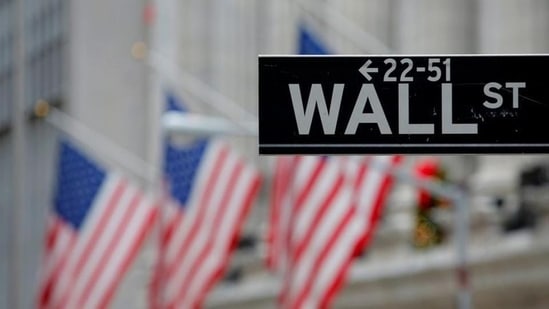The US stock market tumbled on Friday due to concerns that the economy is under pressure from high interest rates and unemployment, according to a Fortune report, which added that worries are rising that the Fed’s indicated rate cut in September may not be enough to balance out the effects of higher interest rates prevalent all this while.
Also Read: World food prices ease slightly in July, UN says
The S&P 500 sank by 2.5% in the midday, almost reaching the lowest since 2022, and also on track to reach its first back-to-back loss greater than 1% since April this year.
Similarly, the Dow Jones Industrial Average fell by 2.4% or down 954 points at 11:30 a.m. Eastern time. The Nasdaq composite plummeted 2.9%.
Also Read: Airbnb, top financial crimes association join hands to combat travel scams
The Russell 2000 index on the other hand, plunged 4.2%, which was more than the rest of the market.
It was not just stocks that fell. The bond market was affected too, with treasury yields falling sharply to 3.81% from 3.98% on Thursday and 4.70% in April.
Why did the US stock market crash?
The US experienced a massive hiring slowdown in July, adding only 114,000 jobs, compared to the 215,000 jobs monthly average of last year. It also missed the economists’ forecast of 175,000 new jobs, according to a Forbes report that cited data released on Friday by the US Bureau of Labor Statistics.
Apart from that, unemployment also rose to 4.3%, the highest since October 2021. All of these contributed to negative investor sentiment.
Also Read: Old picture of PM Modi with Elon Musk’s kids goes viral, tech billionaire reacts
Another contributing factor was big tech companies turning in underwhelming profit figures. Amazon shares fell 9.9% after the company reported weaker revenue for the quarter than expected. Intel plummeted 26.5% due to falling profits. Apple was up 2%, but its momentum had slowed down.
All of this comes after shares of AI-led companies rallied previously, which the Forbes report draws parallels to the dot-com bubble of the late 90s.
Another factor is the uncertainty of the upcoming US presidential election in November, which has created caution among investors.
